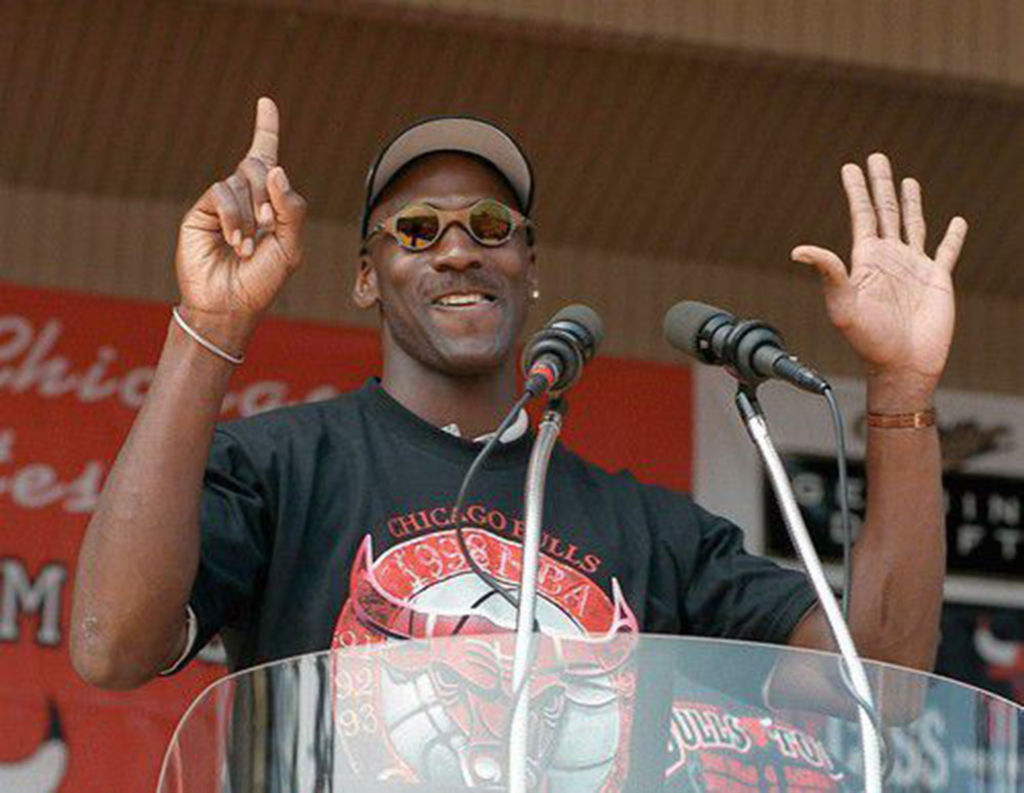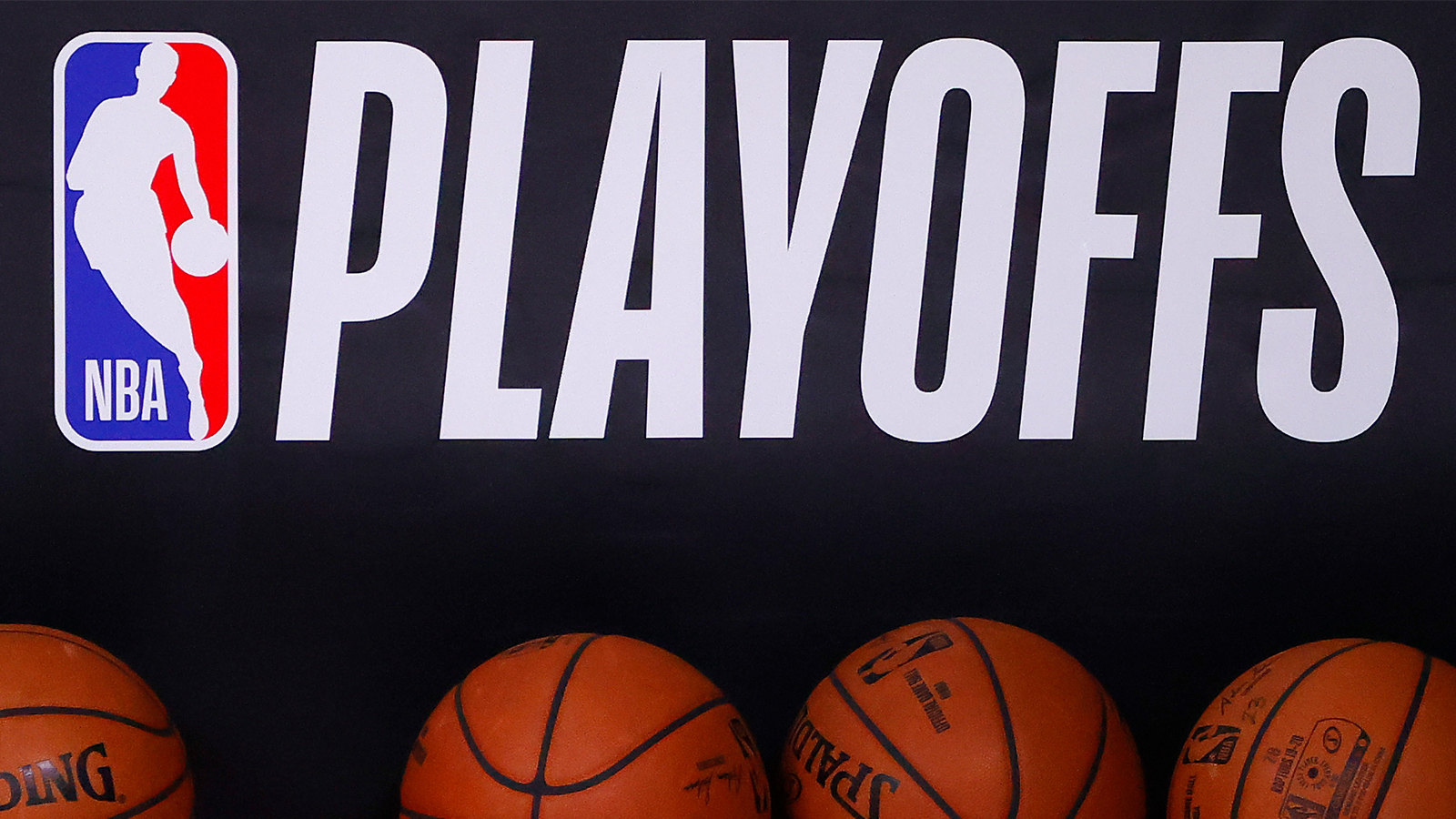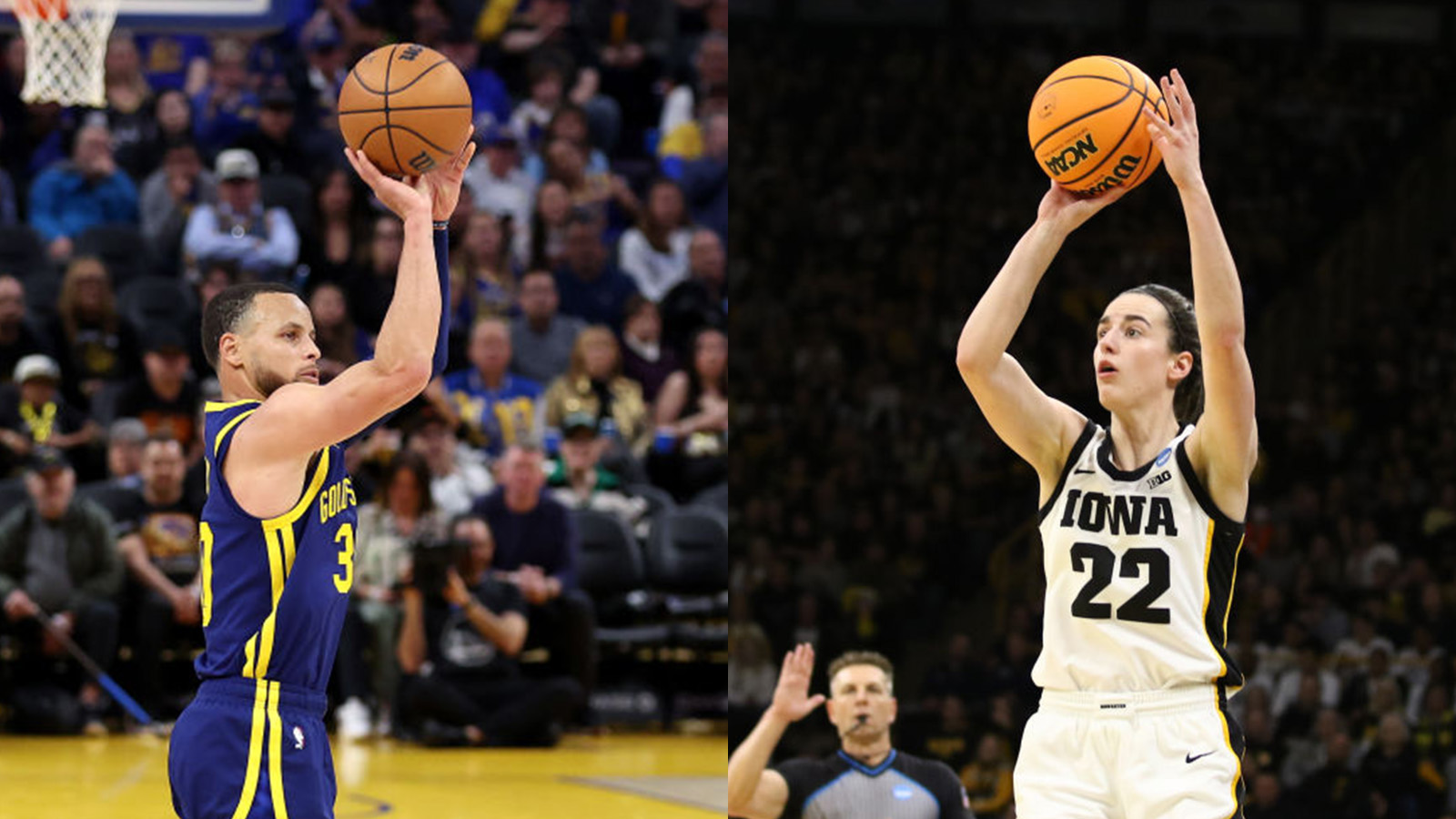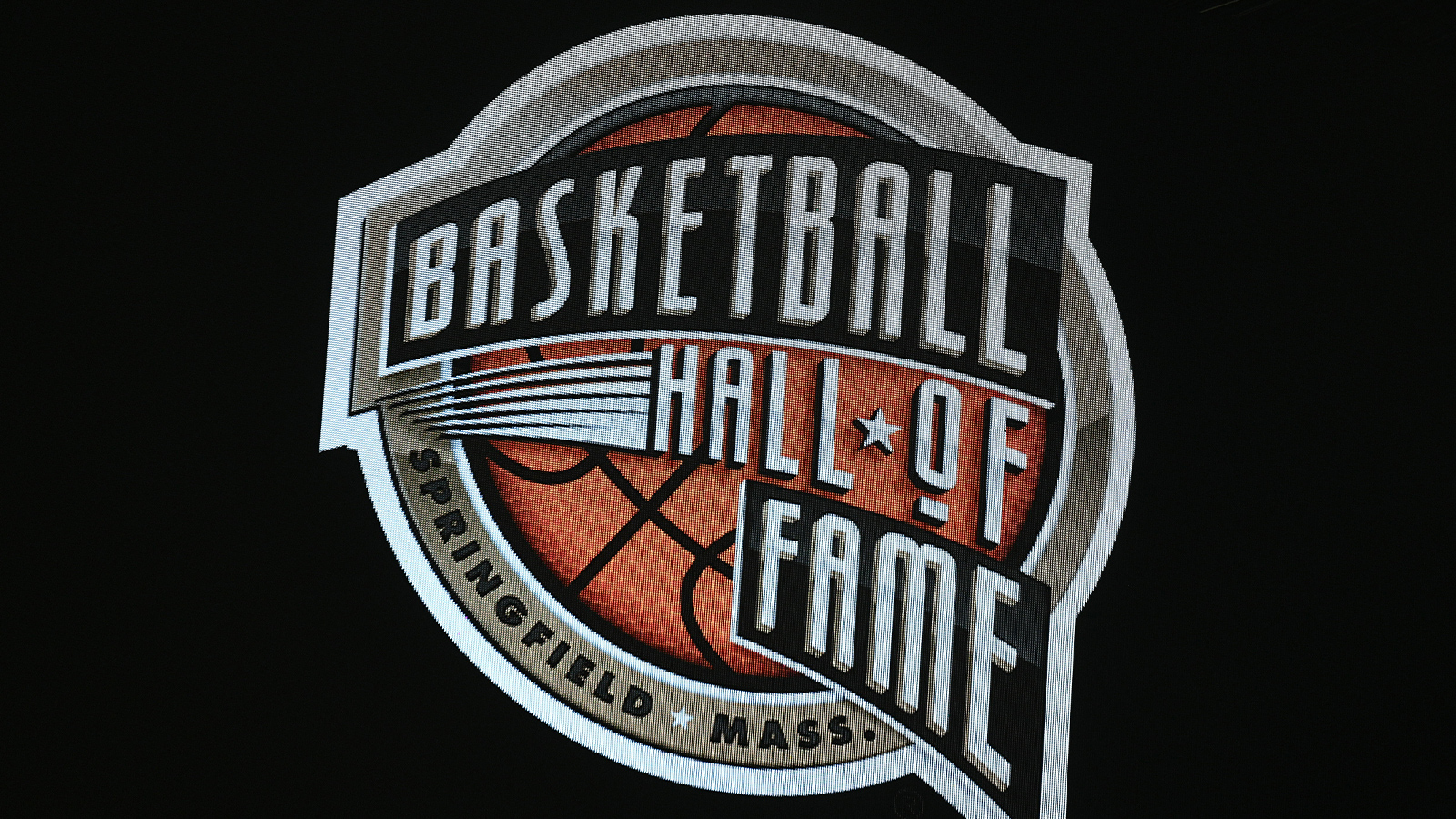
Michael Jordan Had One Big Demand During the Filming of ‘The Last Dance’
“The Last Dance” has been a smash hit for ESPN. The 10-part docuseries chronicling the career of Michael Jordan and the 1997-1998 Chicago Bulls has brought in a record number of viewers and has been fascinating through the first four episodes. For people like myself who grew up during the Jordan era, it’s brought back so many memories. It’s given younger viewers their first look at one of the most popular athletes in the history of sports.
Now, it’s not breaking news that Michael Jordan has always liked to be in control. That didn’t change when it came time to put “The Last Dance” together.
Michael Jordan wouldn’t allow the footage from the 1997-1998 Chicago Bulls to be seen for nearly 20 years
For close to 20 years, the footage that NBA Entertainment shot during the Chicago Bulls’ 1997-1998 season, close to 500 hours worth, sat in a warehouse in New Jersey, just waiting for permission from one man to be used: Michael Jordan.
As part of an agreement he’d made with Adam Silver, who is now the commissioner of the NBA but back then was the head of NBA Entertainment, Jordan had full control of the footage shot during “The Last Dance” season and refused to let it see the light of day for years. Not wanting to be looked at as someone from the past, nobody could convince him to do this documentary. It wasn’t until 2016 that Jordan finally agreed to the project. But Michael Jordan still had more demands once the project got underway.
Michael Jordan demanded that he always have the final word in ‘The Last Dance’
“The Last Dance” director Jason Hehir and his crew have put a ton of time and energy into this project. Including Michael Jordan himself, there were 106 interviews conducted while putting the docuseries together. MJ wanted access to the other 105, demanding that he always get a chance to respond to what someone else said about him. The final word would always be his and that was that. MJ did have control over that aspect but not the entire project. But Hehir told “Insider” that collaborating with Jordan made “The Last Dance” better as a whole.
“One of his stipulations was that he wanted the last word. He didn’t want his words to be twisted around.
“We worked out with Michael and his team to ensure them that he wasn’t going to be blindsided.”
“One of your questions may be, ‘Did Jordan have final cut on this?’ He gave notes on episodes but he didn’t give any more notes than any of the other partners did. And oftentimes, his notes were just as good if not better than the other partners because he knew what the truth was.”
“The Last Dance” director Jason Hehir on collaborating with Michael Jordan
Jordan’s demand to have the final word was certainly on display in the fourth episode of “The Last Dance” this past Sunday night.
MJ certainly got the final word in regards to Isiah Thomas and the Detroit Pistons
Much of the content during episodes three and four of “The Last Dance” dealt with Michael Jordan and the Chicago Bulls trying to get past the Detroit Pistons in the Eastern Conference.
When the Bulls finally did get past the Pistons in 1991, sweeping them in four games in the Eastern Conference Finals en route to winning their first NBA title, many of Detroit’s players, including Isiah Thomas, left the floor before Game 4 was over, which Jordan certainly didn’t appreciate. Thomas gave an explanation about how he and his Pistons teammates received the imaginary torch from the Boston Celtics in 1988 when Larry Bird & Co. walked off the court in similar fashion. Jordan wasn’t having it. As per his demand, he was shown Isiah’s interview and just rolled his eyes, saying “There’s no way you can convince me he wasn’t an a**hole.”
There’s apparently much more of this type of thing to come so we can expect more of Michael Jordan looking at footage and disputing it. Yay! Episodes five and six of “The Last Dance” premiere this Sunday on ESPN at 9:00 p.m. Eastern.



